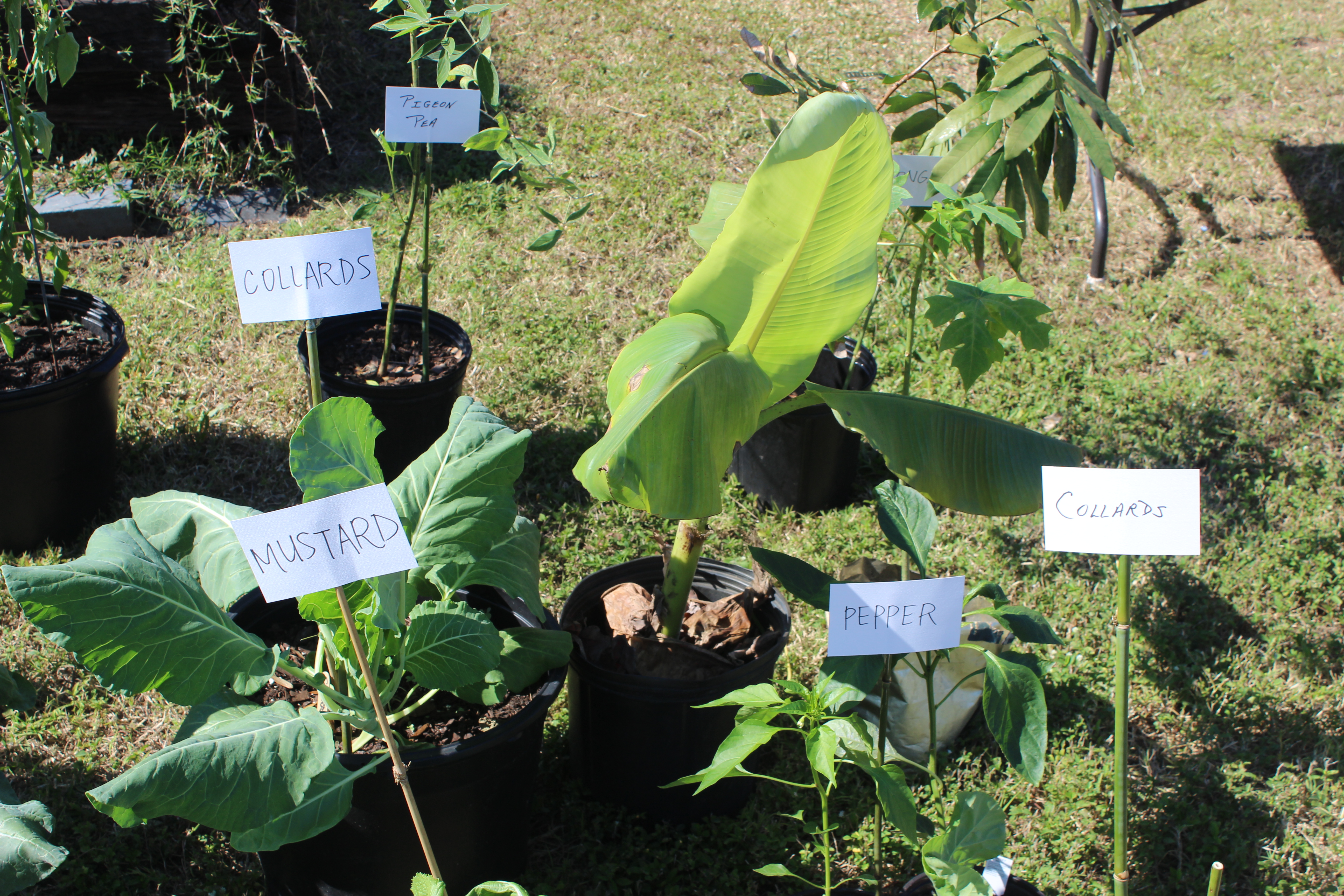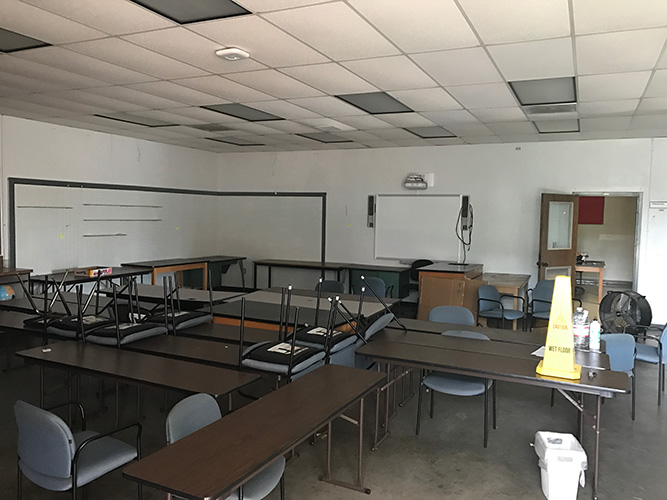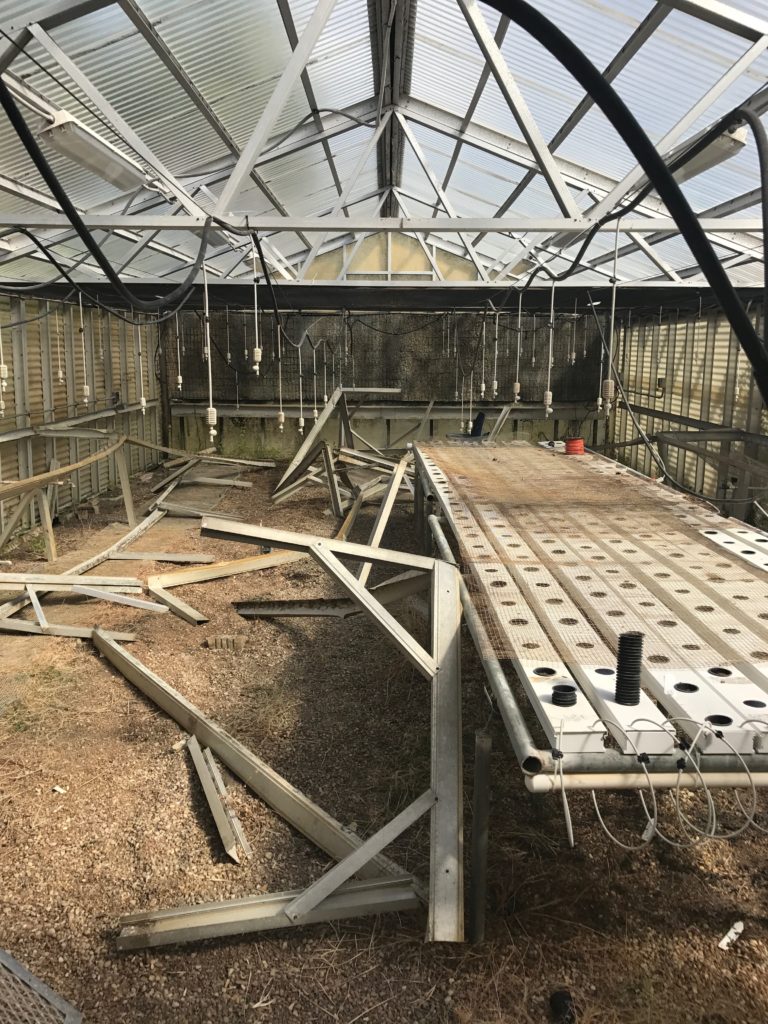By Michael Singer
When Hurricane Irma was on a collision course with the mainland of the United States, Floridians were rushing to their local grocery stores to stock up on food in the chance that the storm would knock out power for an extended period of time.
Instead of relying on non-perishable foods in times of emergency, people can be self-sufficient by eating their own lawns. Urban agriculture is not only vital in times of panic though.
“It’s not just about emergency situations, although that is a consideration,” Sustainable Urban Agriculture Coalition (SUAC) President Bill Bilodeau said. “First of all, our whole food system, on a national scale, is broken. Many of our foods come from 1,500 miles away or more. That involves a lot of environmental impact in terms of transportation.”
An organization in south St. Petersburg that is working in the urban agriculture field is the Local Food Project, which is run by Executive Director Carol Smith, who is also one of the boards of directors at SUAC. The Local Food Project is partnering with Pinellas Technical College’s St. Petersburg campus located on 34th St. S.
Pinellas Technical College had a landscaping program that was shut down in May. The program is getting a makeover and a jump start, led by Smith, who will head the new Urban Agriculture program.
“The estimated date that we’ll start our regular scheduling of classes is February of next year,” Smith said.
“We’ll be running classes mostly in the evening and then on Saturdays. We have a lot of hands-on classes, so we need the daylight, and we can extend the hours in the summer. In addition to that, we’ll be doing activities with the community year-around, and those will gear up around April.”
Bilodeau also plans to be involved in the urban agriculture program at Pinellas Technical College.
“We’re interested in teaching there because of the location – it’s very positive in terms of potential impact,” he explained. “To have a public facility like that as an urban center potentially could have real ramifications in the city and be a hub for anyone who wants to grow.”
Carl Lavender, the Managing Officer of Workforce Innovation and Community Strategy at Pinellas Technical College, worked with Smith at the Local Food Project. That connection helped lead Smith to create the new urban agriculture program.
“We knew [Lavender] because he served on our advisory council for a number of years, so he really understood what we were trying to do with sustainable, local food system development,” Smith said.
Smith would like to run a program that can function on its own and not rely solely on grants.”We’ve been working towards that all along with whatever we do”, said Smith.
The project’s designed to allow self-sustainability and faster growth of opportunities for citizens interested in urban agriculture.
“We’d really like to make it more accessible to have fresh produce in this area. We have five food deserts around us here. This is a high poverty community with low transportation, so to have it right here at their doorstep makes it really it convenient. It shows them that it can be integrated into anything. It’s integrated here at a college campus. It can be into your own yard, your own business, another non-profit’s land – there are so many ways that you can bring the food to the people, and that’s what we’re trying to do.”
Resilience is a term often used in conjunction with urban agriculture. Recognizing that St. Petersburg is a hurricane-prone city, Smith hopes that the program can capacitate citizens to recover quickly from potential food scarcity.
“One of the top three things that need to happen to help the community is to be resilient,” Smith said. “Food is important; shelter is important. All of these things go together.”
Bilodou is also convinced that crop growth education can have a permanent impact on the community.
“In terms of people becoming more resilient in the face of emergencies – or economic downturn, which is a real possibility – if people are growing their own food, they become much more resilient,” Bilodeau added.
“The benefits are that you know what you’re growing when you grow it. Or, if you buy from a local grower, you can develop a relationship and you can actually go to the garden or farm and see how it’s produced and what kind of chemicals they’re using. We promote organic agriculture across the board for reasons of safety, health, and environmental impact.”
Organizations such as SUAC work to make St. Petersburg a better and healthier city. SUAC was founded several years ago (year?) by Bilodeau and a large group of people in the urban agriculture field. Although many team member’s of the coalition aren’t active, eight board of directors hold monthly meetings at the Enoch Davis Center every first Monday of the month.
“What I’ve found is that people are really drawn to the presentations if the subject matter is very practical in nature and something they can put into practice,” said Bilodeau.
SUAC’s vision is to be a “coalition of diverse yet like-minded people who see the importance of growing healthy food in the City and teaching others how to do it. Our mission is to advocate for healthy food, jobs, and economic development through sustainable urban agriculture,” according to their website, suacstpete.org.
There are more restrictions on urban agriculture than most might think. St. Petersburg is limiting in what Bilodeau and other members of the urban agriculture community can accomplish to distribute food.
“We advocate with the city in terms of trying to move ahead of their urban agriculture ordinances and trying to make them more friendly to growing food here,” Bilodeau explained.
“There have been a lot of restrictions in the past that wasn’t in the interest of urban agriculture. The codes have to be amended continually to make them more liberal in terms of allowing the existence of urban agriculture and activities such as vending food on site at the garden. Right now, that’s an issue, and we’re working on that.”



